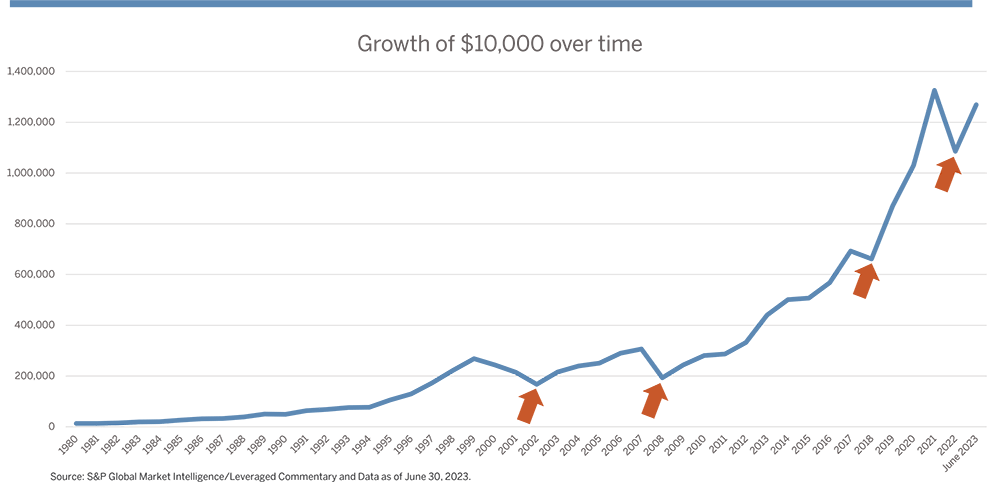Investing should not be intimidating for people new to it. Investments are typically made to help your finance future consumption goals. This article explains techniques new investors may use to improve their chances for long-term success.
Take the Long View
Investors at the beginning of their financial journey should understand that investing is a long-term prospect. It requires patience. And there are three techniques that can help you stay on track.
- Start with a plan
- Manage risk
- Stay committed
Start With a Plan
Careful planning is typically required to accomplish long-term consumption goals like sending a child to college or building a retirement nest egg.
However, having sufficient assets available to finance long-term goals doesn’t just happen. It requires a plan that includes a commitment to save.
Things to consider in your investment plan include:
- Current income and assets
- Future consumption goals
- The estimated future cost of those goals
- Expected timeframe of goals and required investment holding period
- Investment return objectives
- Tolerance for investment risk
All investments have some risk, which to many investors means the possibility of losing money. Understanding how much risk you can tolerate is a critical component of managing it.
Manage Investment Risk
There are two techniques to help manage investment risk:
- Asset allocation
- Diversification
Asset allocation is a technique that mixes different asset classes (e.g., stocks, bonds) together in pursuit of a target risk and return profile. Estimating target risk and return is possible because stocks and bonds have relatively predictable characteristics.
Historically, stocks have provided higher returns than bonds, but that return premium has come with higher levels of risk. Adjusting a portfolio’s asset mix changes its long-term risk and return potential.
The chart below illustrates the effect of asset allocation using a continuum of hypothetical portfolios with different mixes of stocks and bonds.

The portfolio on the lower left holds mostly bonds. Each portfolio to its right has a progressively higher allocation to stocks.
Portfolios with higher allocations to stocks have greater return potential and incrementally more risk. The chart demonstrates that it is possible to create a portfolio to address a targeted range of risk and return.
The other technique to reduce investment risk is called “diversification.” Diversification spreads risk among different securities within each asset class. This is intended to prevent any one holding from disproportionally impacting a portfolio’s aggregate risk and return.
The combination of asset allocation and diversification help to spread risk among – and within – different asset classes.
Stay Committed
A commitment to remain invested through turbulent markets can be difficult for many investors. But history has demonstrated those patient enough to remain invested through periodic downturns were compensated for their tenacity.
An example of this is depicted in the chart below. It illustrates stock market returns over a more than 40 year period. 1

The illustration shows that the majority of returns were positive. Yet there were many periods when returns were negative. Each of the downdrafts could have prompted investors to abandon their plans and liquidate investments.
Importantly, the chart also reveals a degree of predictability. Historically, advances have made up for the periodic declines.
Working with experienced financial professionals can help you stay the course. They can provide guidance and encouragement to help focus your attention on your long-term goals.
1The period illustrated here is January 1, 1980 through June 30, 2023, using returns of the S&P 500, which averaged 12.76%, including dividends. The S&P 500 is a capitalization-weighted index comprised of the 500 largest public companies in America. It is considered broadly representative of the “stock market.”
Investors cannot own an index. The performance of an index does not include fees and expenses, which would lower an investor’s return. Past performance is not indicative of future returns.
An individual investor’s actual results will vary. Individual stock returns may be more volatile than a broad market index. All investing involves risk, including the potential loss of principal.
Asset allocation and diversification do not promise any level of performance or guarantee against loss of principal.
Investments should only be made with an understanding of the risks involved with owning a particular security or asset class. Investors are strongly encouraged to seek advice from qualified tax and financial experts regarding the best options for their particular circumstances.








